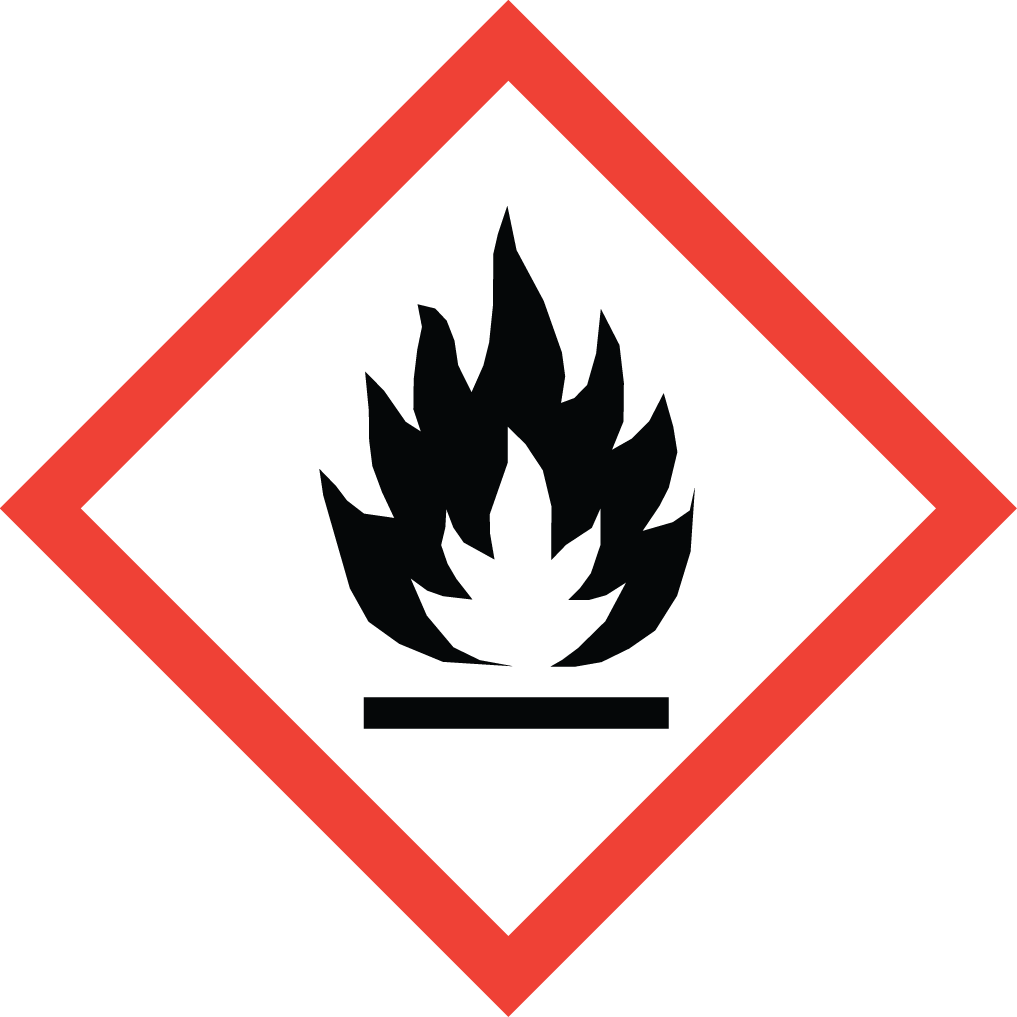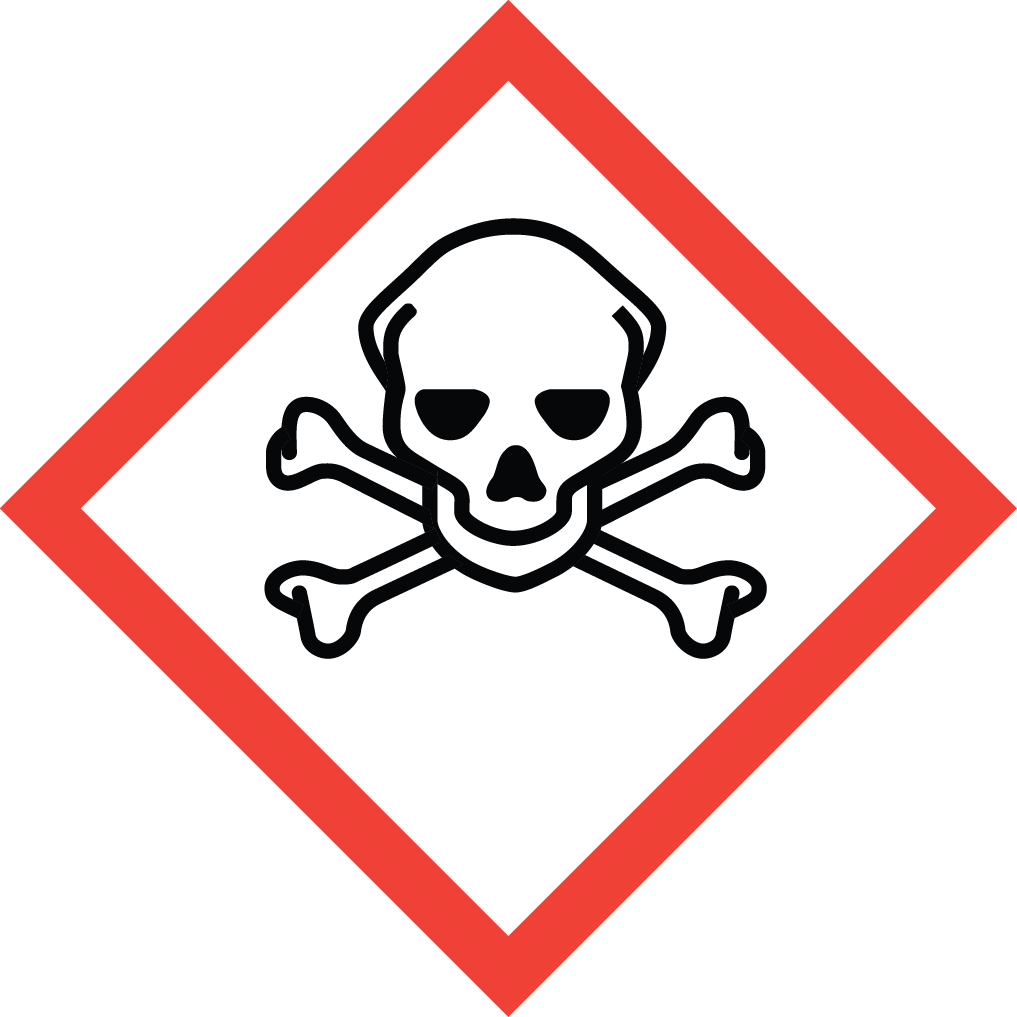Discover Aure Chemical's Premium N,N-Diisopropylethylamine Supply
N,N-Diisopropylethylamine (DIPEA), CAS 7087-68-5, is a tertiary amine widely recognized in synthetic chemistry by its common name, Hünig's Base. Its structure features two bulky isopropyl groups and one ethyl group attached to the nitrogen atom. This severe steric hindrance makes DIPEA a highly effective, non-nucleophilic base. It selectively deprotonates (removes a proton) without participating in nucleophilic substitution, making it an indispensable reagent for complex, high-purity chemical syntheses.
Basic Information of DIPEA
Meticulously produced and rigorously tested to meet stringent quality standards. We ensure exceptional purity and consistent performance, essential for your critical applications:
| CAS No.: | 7087-68-5 |
|---|
| EC No.: | 230-392-0 |
|---|
| Linear Formula: | C8H19N |
|---|
| Molecular Weight: | 129.24 |
|---|
| Appearance: | Colorless, clear liquid |
|---|
| Odor: | Strong, characteristic amine odor (fishy/ammonia) |
|---|
| Melting Point: | <-50 °C (lit.) |
|---|
| Boiling Point: | 127 °C (lit.) |
|---|
| Density: | 0.742 g/mL at 25 °C (lit.) |
|---|
| Solubility: | Slightly soluble in water; miscible with most organic solvents. |
|---|
| Flash Point: | 6 °C |
|---|
| RIDADR: | UN 2734 3/PG 2 |
|---|
| Chemical Structure: |  |
|---|
Application Overview
DIPEA is highly valued in sophisticated chemical processes where base strength must be coupled with the prevention of unwanted side reactions. Key applications include:
Peptide Synthesis: It is arguably the most critical base used in solid-phase peptide synthesis (SPPS), particularly during the coupling steps of amino acids. Its non-nucleophilic nature prevents racemization and minimizes side products, ensuring high purity of complex peptides.
Acid Scavenging: DIPEA is an exceptional acid scavenger in reactions that generate strong acids (e.g., HCl or HBr) as byproducts, such as Friedel-Crafts alkylations, acylation reactions, or chlorination processes. It neutralizes the acid without attacking the electrophilic centers of the reactants or products.
Palladium-Catalyzed Coupling Reactions: It is frequently used as the base of choice in advanced organometallic chemistry, including Suzuki, Sonogashira, and Heck coupling reactions, especially those involving sterically demanding substrates, where it ensures high catalytic efficiency.
Formation of Silyl Ethers: It acts as a base in the protection of hydroxyl groups with silylating agents (e.g., TBDMSCl), a crucial step in synthesizing sensitive pharmaceutical intermediates and natural products.
Organolithium Reagents: DIPEA can be used in the preparation of lithium amides (via deprotonation with n-Butyllithium), which are strong, non-nucleophilic bases used in specific synthetic transformations.
Why Choose Aure Chemical for DIPEA?
Choosing Aure Chemical as your supplier for Hünig's Base (DIPEA, CAS 7087-68-5) means accessing a premium product engineered for the stringent requirements of pharmaceutical and specialty chemical synthesis.
Purity Level Certified for SPPS: Our DIPEA is subjected to ultra-high purity distillation and testing to ensure minimal water and secondary amine content (particularly Diisopropylamine). This pharmaceutical-grade quality is certified to prevent side reactions and maximize coupling efficiency in sensitive applications like peptide synthesis.
Enhanced Stability Packaging: Given that DIPEA is hydroscopic and flammable, we supply the product in hermetically sealed amber glassware or stainless steel drums filled under a nitrogen blanket. This rigorous packaging prevents moisture and oxygen ingress, maintaining the base's full activity and extending its shelf life.
Advanced Analytical Traceability: We provide comprehensive documentation, including detailed Lot-Specific Gas Chromatography (GC) reports that track volatile organic impurities and water content down to parts-per-million (ppm) levels, offering you complete analytical traceability for regulatory compliance.
Hazard Mitigation Expertise: Our dedicated logistics team has specialized training in handling UN 2734 (Flammable, Corrosive Liquid). We offer solutions that include on-site safety training materials and compliant storage recommendations to ensure the highest safety standards at your facility.
Hazards Classification
GHS Classification: Flammable Liquid (GHS02), Acute Toxicity (GHS06), Skin Corrosion/Irritation (GHS05)
Hazard Statements: Highly flammable liquid and vapor; harmful if swallowed or inhaled; causes severe skin burns and eye damage.
UN Number: UN 2734
Hazard Class: 3 (Flammable Liquids)
Packing Group: II
 GHS02: Flammable
GHS02: Flammable GHS05: Corrosive
GHS05: Corrosive GHS06: Acute toxicity
GHS06: Acute toxicity
